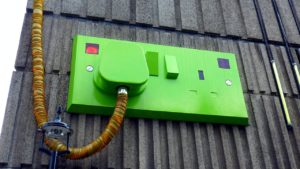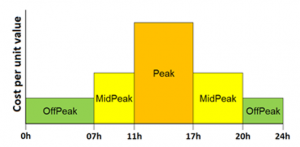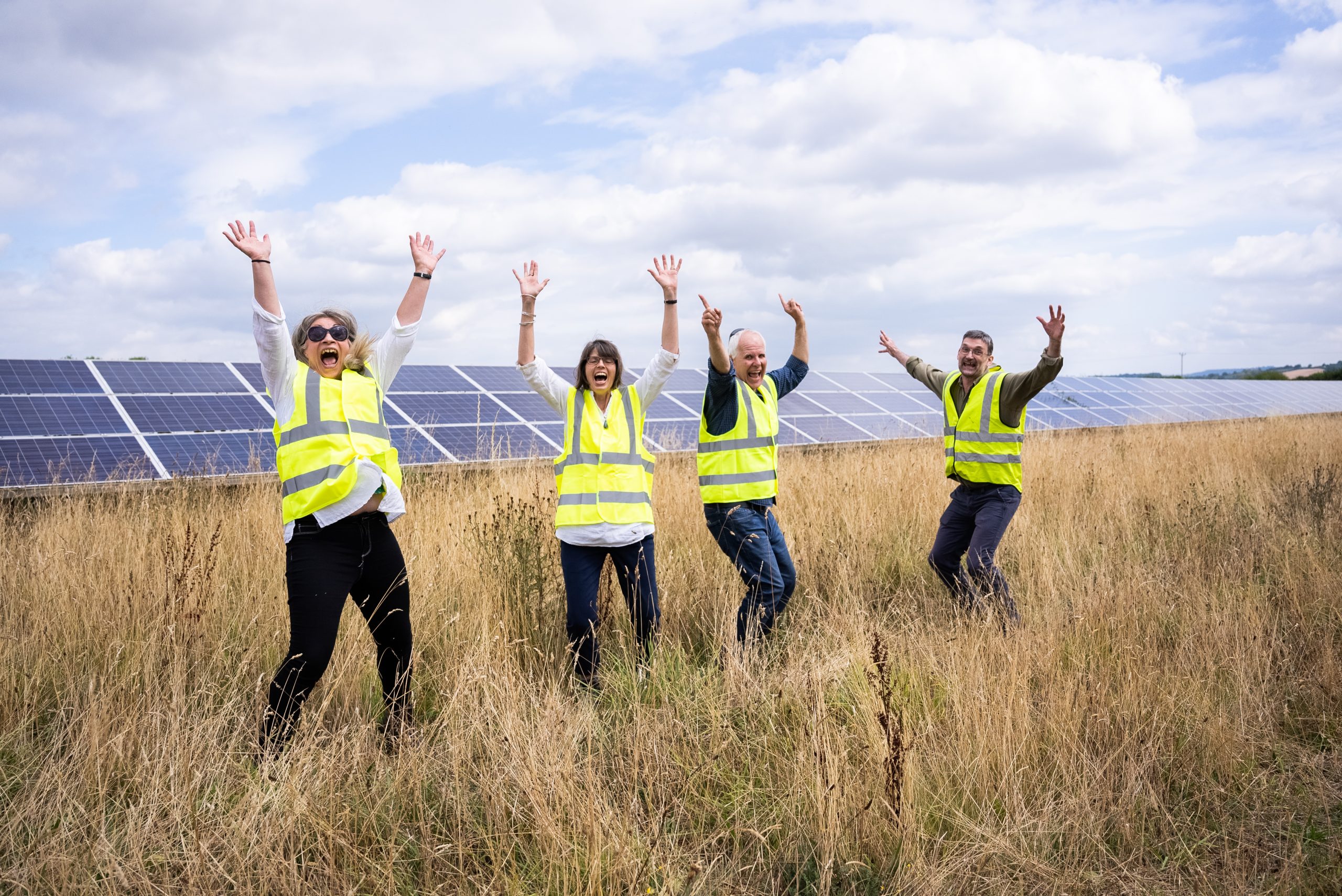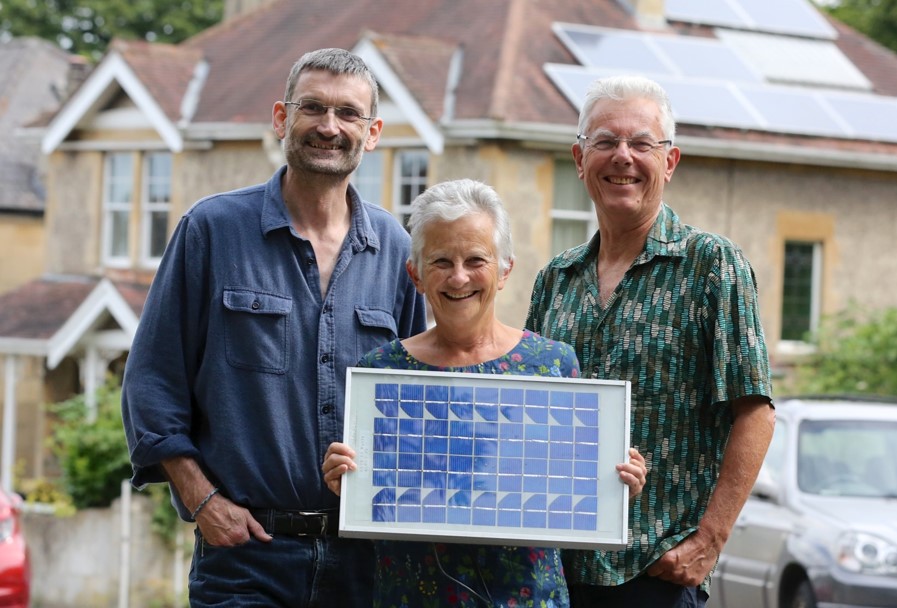A couple of questions we always get asked are can I guarantee that a green electricity tariff is using 100% renewable energy and will I need to have to pay over the odds for it? The answers to these questions aren’t straightforward as BWCE’s Pete Capener explains.
Can an energy tariff be guaranteed to be 100% renewable?
 The first thing to say is whatever tariff you are on, it doesn’t affect the electricity that you actually get in your home. What you get will be a mixture of electricity generated close to you. That’s just physics! The energy supplier is really just providing a contractual mechanism to ensure you pay for it. They are required to purchase electricity from generators that match as close as possible what they sell, and they pay charges if out of balance.
The first thing to say is whatever tariff you are on, it doesn’t affect the electricity that you actually get in your home. What you get will be a mixture of electricity generated close to you. That’s just physics! The energy supplier is really just providing a contractual mechanism to ensure you pay for it. They are required to purchase electricity from generators that match as close as possible what they sell, and they pay charges if out of balance.
So the debate about renewables tariffs comes down to two key questions:
- Is the supplier transparent about where they get their electricity from?
- Is the renewables tariff actually encouraging new renewables generation?
A number of suppliers secure the ability to say they are 100% renewable by purchasing Renewable Energy Guarantees of Origin (REGO) certificates, or even the EU Guarantee of Origin system that has even less impact on what happens in the UK.
Renewable generators produce REGOs for every unit of their generation, and these REGOs can then be bought and sold on the market (separate to the actual electricity generated) by suppliers to say they have used renewables. However, the cost of REGOs is very low, so suppliers can buy lots of REGOs for very little, but then say they are 100% renewable. But they can’t say where the energy has come from and in reality, it doesn’t support new renewables so there is very little additionality.
Some energy suppliers actually purchase their electricity direct from renewable generators. This will cost them more, but it means they can say where their electricity comes from and that it is directly supporting local generation.
See this article from the independent and not-for-profit sustainable energy advice organisation Regen.
What is the cost of switching to a 100% renewables tariff?
This will vary considerably. Suppliers who are purchasing their electricity directly from renewables generators won’t be the cheapest in the market, nor should they be expected to be. However renewable energy prices are falling and in many situations are competitive with fossil fuels, so renewables tariffs should increasingly be a lot more competitive with their fossil fuel counterparts. There may be good reasons for more expensive renewables tariffs, as well as the source of the electricity purchased by the supplier. Genuine ones like the size of the supplier or higher quality of the customer service, or less genuine ones like excessive profit taking.
How can Time of Use tariffs help increase renewables?
 With increasing amounts of intermittent (weather dependent) renewable energy on the system with limited ability to turn up generation when needed, we need to find ways of creating greater balance between supply and demand. If we don’t, we will need to retain significant amounts of fossil fuel generation on the network, for example through gas turbines that can be quickly fired up to meet peak demand.
With increasing amounts of intermittent (weather dependent) renewable energy on the system with limited ability to turn up generation when needed, we need to find ways of creating greater balance between supply and demand. If we don’t, we will need to retain significant amounts of fossil fuel generation on the network, for example through gas turbines that can be quickly fired up to meet peak demand.
Without greater flexibility within the system, we will limit the amount of new renewable energy that will be able to connect to the network and we will undermine the transition to net zero.
We can create more flexibility in the system through things such as:
- Consumers changing the times when they use energy to reduce peak demand
- Storing energy for when it is needed to meet peak demand
Time of Use tariffs are a way of encouraging consumers behaviour change through changing the cost of energy throughout the day. Tariffs such as Octopus Agile charge less during off peak times but bump the price up at times of peak demand, such as early evening. If this works and peak demand is reduced there will be less need to use fossil fuels as back up.
We have got to a level of penetration of renewables that we can no longer just think about renewables in isolation, we have to start thinking about supply and demand at the same time. This is why we need projects like our Flex Community!


